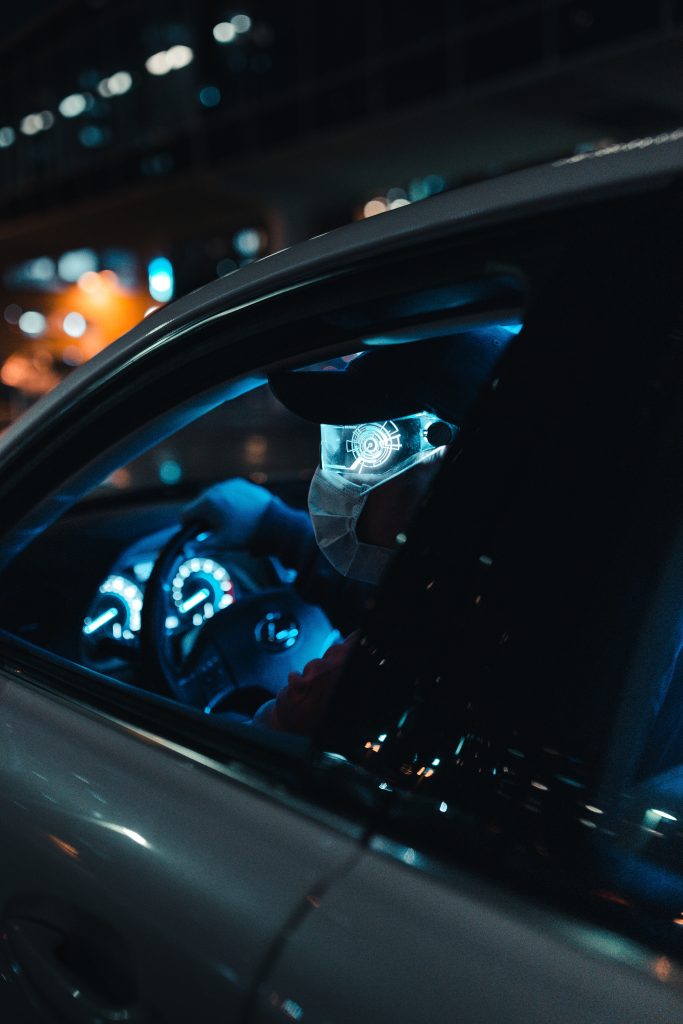It doesn’t feel all that long ago that drivers would consider central locking the ultimate in convenience. And there may be a few of you out there who still haven’t got used to having only one key to unlock and start a car.
Today’s cars have taken convenience to the next level. The ‘key’, if you can call it that, can be left in your pocket or bag, and emits a short-range radio signal that your car recognises, so you can simply reach out, open the door and not have to fiddle around with buttons. So far, so convenient.

But what price progress? If you own a modern car, or know anyone with a modern car, then the chances are you’ll have heard about, or perhaps even had direct experience of, unscrupulous types using freely available tech’ to trick cars into opening and starting – without the actual key being present.
This isn’t a trivial, infrequent thing. Experts have been warning of vulnerabilities for many years, victims have been complaining of the flaws for almost as long and now the companies that insure modern cars have laid bare statistics that show how big a problem keyless car theft has become.
Analysing two years’ worth of data, insurance company Aviva identified that owners of cars that feature keyless entry systems were twice as likely to have them stolen as owners of those relics from a bygone age that do without the ultimate in, ahem, security and convenience. Precisely who finds this keyless tech convenient is a moot point.
On average, there are 279 cars stolen a day in England and Wales – nearly 110,000 a year, between April 2021 and March 2022 – which is a 22 per cent increase over the previous 12 months.
According to Tracker, the vehicle monitoring company, out of all the cars it helped recover in 2021, 94 per cent of them were pinched using keyless entry theft.
The latest trend, according to those involved in the battle against car crime, is for the car to be taken away, left for a time to make sure there’s no tracking device fitted, before being taken to a cut n’ shut shop where it will be brutally broken down into a collection of spare parts and moved on for a miniscule fraction of its original value.
Need a battery pack from a Toyota RAC4 Hybrid? Or panels for a Lexus RX? Ask the bloke in the corner of the bar, or get a number from Big John and WhatsApp your order to an unknown figure who’ll hand them over from the back of a Transit when no one’s looking, no questions asked, cash in hand, nice one.
There’s lots of earnest advice on news sites, consumer sites and in forums about how you can beat the crims. Park in well-lit areas, they’ll suggest. Instal CCVTV, they’ll say, linking to a handy buying guide to CCTV systems. Another top tip is to buy a signal-blocking Faraday pouch. Then there’s storing keys in a microwave – preferably not while running the defrost setting.
Some worried drivers have even gone so far as to wrap their entire house in layer upon layer of tin foil. Perhaps.

You may have caught yourself reading up on how keyless car theft works, fretting about poor Ian and Margaret up the road who had their car nicked that way. You’ve probably watched a video too, which shows how modern cars really can be gone in 16 – not 60 – seconds.
Don’t expect the car makers to come up with a solution. They can’t keep one step ahead of their underworld competitors for any longer than it takes to say ‘dark web’. (One last tip: check the car’s handbook, as it’s sometime possible to disarm the keyless function.)
In short, it’s nerve-wracking stuff. But it needn’t be.
I’ll wager the one thing the vast majority of victims of keyless car theft didn’t do was strap an industrial steering lock to their car before shutting the door, touching the handle to lock the car and walking into the home after a hard day’s work.
For years, the thing to have was a Disklok. I’ve lost count of the number of product tests and steering wheel lock comparisons where the Disklok saw off wannabe Reggie and Ronnie types, resisting attack from manual tools for more than five minutes, and putting up with more than two minutes of abuse from power tools. It was one of the few security products to be recommended by Thatcham, the safety and security testing arm of the insurance industry. These days, there are a good number of equally robust alternatives available.
As soon as Johnny Lightfinger spies something like that locked to a steering wheel, chances are they’ll move on rather than spend five minutes risking the police turning up. (Let’s not get started on the likelihood of that happening…)
If you want to stop worrying, clunk click after every trip. After all, owners of classic cars have been doing it for decades.
Read more
Reviewed and Rated: Steering wheel locks
Opinion: It’s time to bring back ‘poverty-spec’ cars
Opinion: Bring back (proper) brochures










What about requuring a PIN to drive/start ? (which I’ve seen in one model)
Peugeot/Citroen cars used to have a keypad for that very same reason, Owen.
Look in the handbook to find how to disable the system. Our modern Fiesta’s printed book is so helpful I had to look up the tyre pressures on the internet.